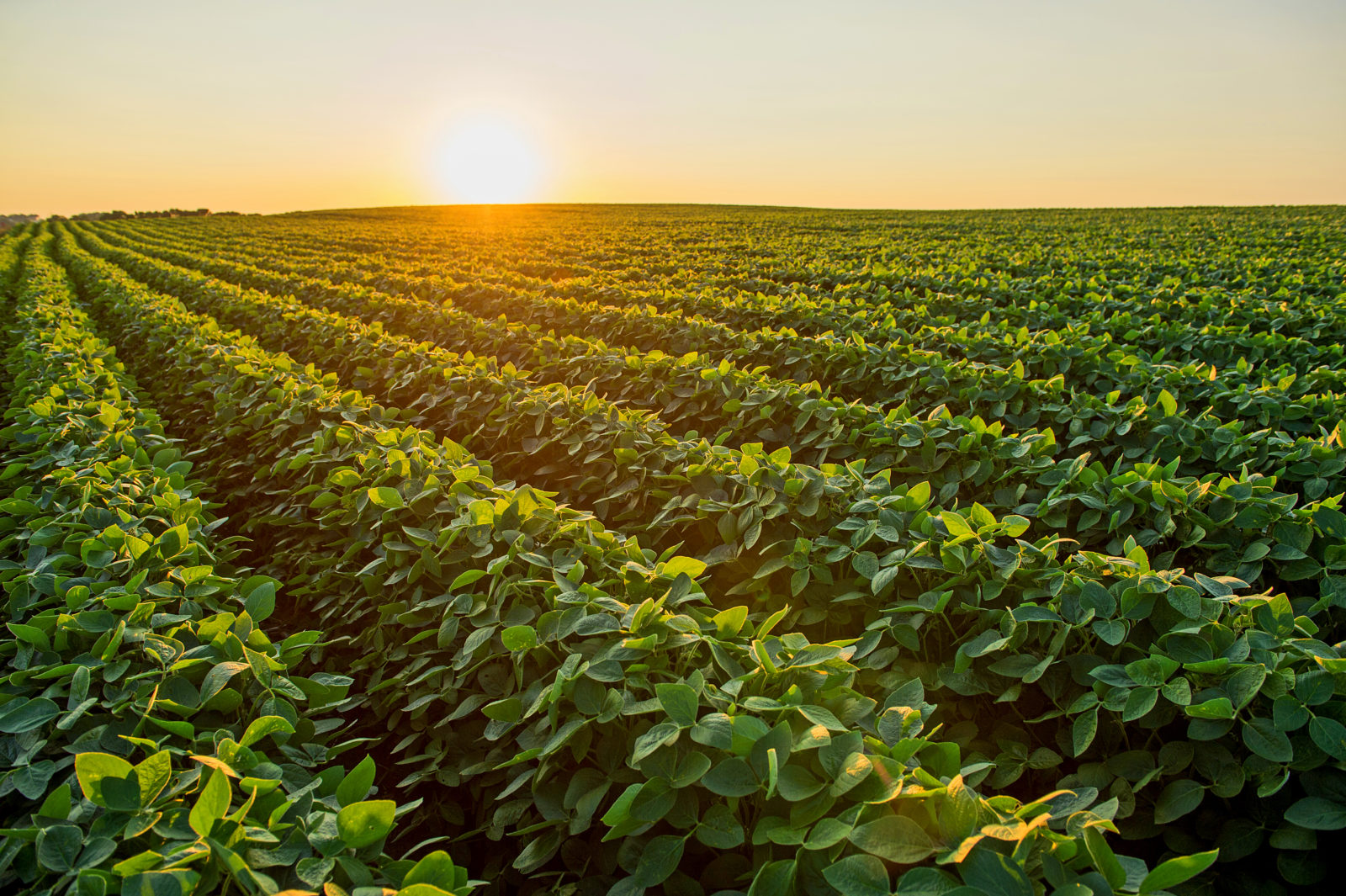The U.S. Soybean Export Council (USSEC) shares information about trends that create a demand for U.S.-grown soybeans. This is Part Two of a two-part series on how soy meets anticipated global needs for protein in a sustainable way that contributes to a healthy global economy.
Whether consumers choose animal protein sources—such as beef, pork, and chicken—or plant-based sources such as soyfoods, protein is a vital element of nutrition and a critical part of a balanced diet. Global events such as the COVID-19 outbreak underscore the interconnectedness of world populations, and the importance of meeting shared needs. Soyfoods play a pivotal part in the safe, reliable U.S. food chain that can help feed the world. “Choose U.S. Protein First,” a global initiative to increase consumption of U.S. proteins, demonstrates the quality and versatility of soy.
As the global population rises to an estimated 9 billion people by 2050 [1], U.S.-grown soy can fulfill an essential role in feeding the world. Soyfoods also satisfy the current consumer trend of exploring plant-based meat alternatives and fulfill worldwide nutrition needs for high-quality protein. In addition, U.S.-grown soybeans contribute to the protein picture by providing a primary source of feed for animal agriculture.
Meeting global demands
U.S. soybean growers and the animal agriculture sector are taking a multi-faceted approach to meet the nutrition needs of the world’s growing population. Recognizing that feeding a global society means prioritizing protein, plant protein and animal protein producers are collaborating. Among other strategies, soybean farmers are embracing innovative technology that helps them produce more sustainable ingredients.[2] Precision farming, for example, is critical to soybean yield. Other advancements are focused on mitigating the effects of severe weather conditions and increasing the nutritional benefit for consumers.
Mark Messina, Ph.D., M.S., executive director of the Soy Nutrition Institute puts this approach into perspective. “Growing soybeans is a very efficient, environmentally advantageous way to produce high-quality protein.”
Because the world population is predicted to grow by an additional 2 billion people by 2050, American farmers are working to grow 70% more food in the next 30 years.[3] By meeting demands for high-quality protein, their efforts can help people, animals, and economies grow. Currently, soybeans are grown in 45 states, on more than 300,000 farms.[4] Employing sustainable methods protects the land for future generations who will depend on a steady and reliable source of protein.
U.S. soybean growers are committed to sustainability
Fostering a healthy environment helps create a healthier future. U.S. soybean growers are demonstrating their commitment to sustainability,[5] and they adhere to national sustainability and conservation standards. As an example, since 1980, soybean farmers have cut their per-bushel energy usage by 35 percent.[6] By using sustainable practices that help provide more high-quality protein to feed the world population, U.S. soybean farmers contribute to global food security.
[1] UN Department of Economic and Social Affairs. “World Population Prospects: The 2017 Revision”. https://www.un.org/development/desa/en/news/population/world-population-prospects-2017.html. 2017.
[2] United Soybean Board. http://unitedsoybean.org/media-center/issue-briefs/sustainability/.
[3] “2050: A Third More Mouths to Feed” http://www.fao.org/news/story/en/item/35571/icode/. Food and Agriculture Organization of the United Nations. September 23, 2009.
[4] “Census of Agriculture State Level Data”. https://www.nass.usda.gov/Publications/AgCensus/2017/index.php. 2017.
[5] ”U.S. Soybean Sustainability Assurance Protocol.” https://ussec.org/wp-content/uploads/2017/11/20180416-U.S.-Soy-Sustainability-Assurance-Protocol-low-res.pdf. April 2018.
[6] Field to Market: The Alliance for Sustainable Agriculture, 2016. Environmental and Socioeconomic Indicators for Measuring Outcomes of On Farm Agricultural Production in the United States (Third Edition). ISBN: 978-0-692-81902-9. https://fieldtomarket.org/national-indicators-report-2016/greenhouse-gas-emissions/?segid=c9a2b68e-ad09-485a-9f30-f9e2a2aaab63.
